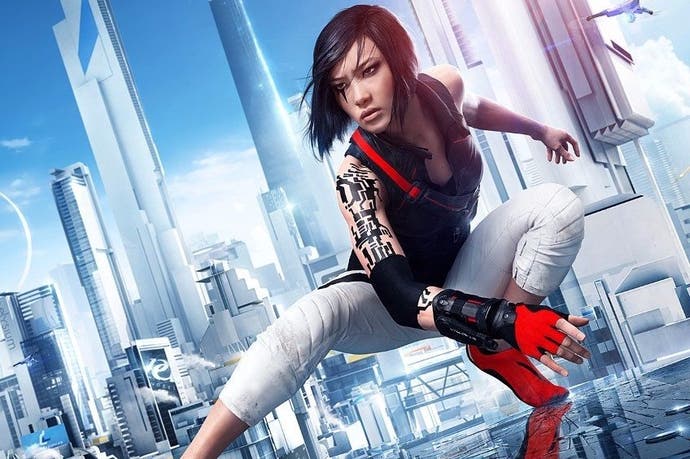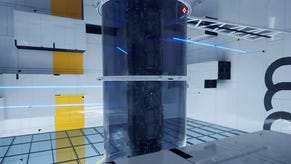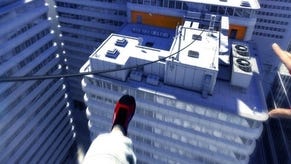Face-Off: Mirror's Edge Catalyst
Keep the faith.
While critics deliver mixed verdicts on Mirror's Edge Catalyst, DICE's Frostbite 3 technology continues to deliver. Global illumination (via Geomerics' Enlighten), screen-space and real-time reflections alongside physically-based rendering take centre-stage here, helping to add an additional tone of realism to the highly stylised open world city of Glass - all with a 60fps target. The results aren't perfect on consoles, where processing resources are limited, and as you would expect, some compromises are in effect. As with all DICE titles, the best experience overall comes from the PC version.
That's not to say that the console versions aren't worth consideration though. PS4 hands-in a fairly respectable 900p image, though one that is visibly softer than a native 1080p presentation, while Xbox One again has to make do with a 720p framebuffer. Scaling artefacts are clearly more visible on Microsoft's system and fine details are often smoothed over, which is not ideal. There's a sense that the game's high contrast look isn't the best fit for a heavily upscaled presentation, and it's the one blemish that sticks out on Xbox One over the other versions - though PS4 too can look a little rough. As always, it's the PC game that takes point when selecting 1080p to match console output, where a native resolution provides a crisper and cleaner image that better preserves intricate detail at both near and far distances.
The resolution set-up remains the same as other DICE-developed titles this generation, and in this respect there's no improvement over the recent Mirror's Edge Catalyst beta. However, in other areas, there are noticeable changes to the core visuals: draw distances are better fleshed out in the final game, with more geometry detail spread across distant scenery, while LOD streaming is also less aggressive, so texture pop-in is reduced. All three platforms benefit from these improvements, although the biggest improvements are seen on Xbox One. Buildings that were previously culled from various scenes are now present, and the cityscape is now more populated than the PC beta build. If fact, the level of detail on all three versions is notably improved from the beta, nicely filling out the skyline as you scramble across the rooftops.
Effects also see alterations and improvements. The most obvious difference is the lack of motion blur on consoles, a feature that was present in the beta build. This leads to a sharper image in motion, but also exposes the sub-1080p resolution more obviously. However, the effect is still present on PC, with three quality levels on offer. Elsewhere, water reflections (an effect previously seen only on PC) are now present on consoles, rain effects missing on Xbox One in the beta are restored, while the lighting model is shaken up across all platforms. Some scenes are brighter and more saturated, while in others, HDR effects and bloom are toned down or removed.
The PC version also gains a new top-tier graphics option with its hyper preset - requiring 6GB to 8GB of VRAM - which predominantly adds higher quality shadows and better draw distances over the ultra mode in both the beta and the final game. The difference in shadow quality is striking and reduces the appearance of many stair-step edges across mid-range shadow maps, although upgrades present in other areas are less dramatic. It's also worth pointing out that depth of field looks to be 'downgraded' compared to the beta, with the effect now operating at a similar strength and quality level to consoles.
Overall, the final game offers up a nice visual boost over the beta, particularly in terms of asset quality across the environment. The beta weighed in at around 9GB, while the final game totals at 16.7GB, so it's likely that many of the assets missing from the beta were culled due to DICE having to fit the entire game world into a download just over half the size of the final release.


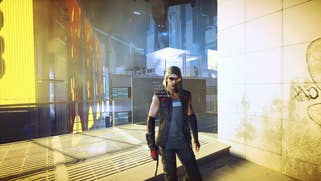
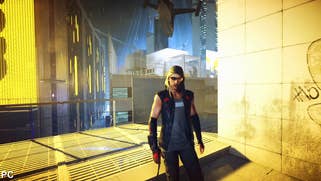




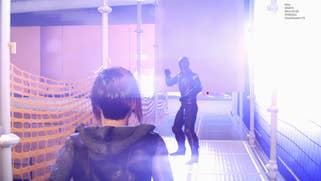
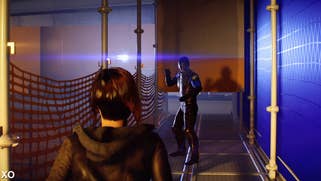

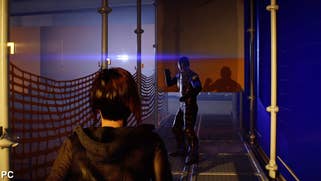


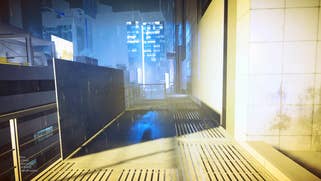

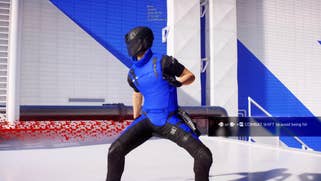
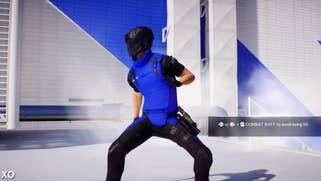

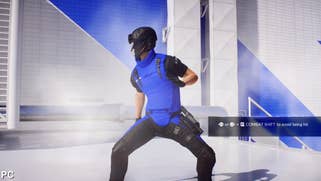



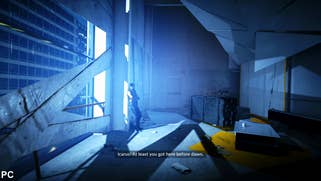
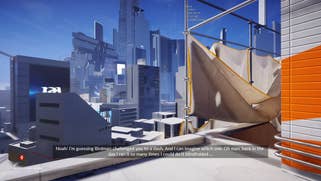
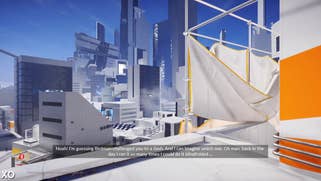
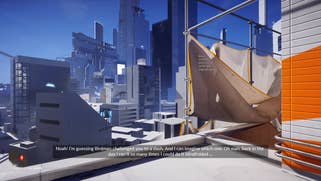
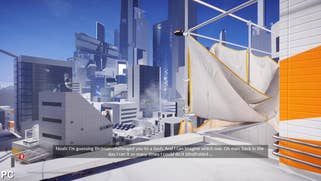
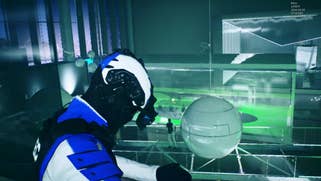


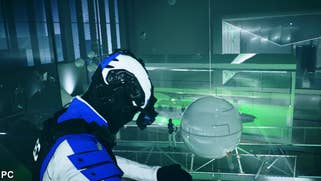
DICE has clearly optimised in many areas since the beta, resulting in a better-looking game across all formats, but how well does each version hold up in its final form? Well, besides the large gap in resolution, both consoles are closely matched in other areas, sharing the same core art and effects work with identical quality levels. Draw distances and streaming also appear identical, with neither console gaining an overall advantage. However, with superior image quality, the PS4 comes out on top as the sharper presentation allows for artwork detail to come through more clearly.
On the other hand, the PC version offers up several upgrades that give the game a more refined appearance, with options designed to get a higher visual returning running at 1080p or above. Higher resolution textures and normal maps add more clarity to clothing and surface details across character and the environment, draw distances are increased, streaming is less aggressive, and shadow quality is considerably better too, with fewer saw tooth artefacts on show.
The only area where PC somewhat disappoints is in the lack of anti-aliasing options. DICE's post-process solution is automatically applied, and while it does provide decent image quality, it would be great to see other options available. You can improve image quality via super-sampling using the in-game resolution scaler, allowing you to downscale internally from higher pixel counts. This makes a big difference, cleaning up most of the shimmering across edge missed by the default AA solution, but of course, it comes at a cost to performance.
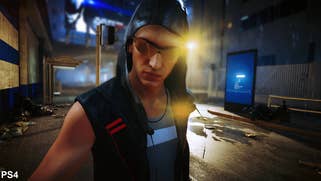



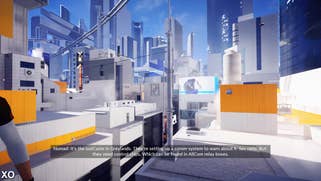
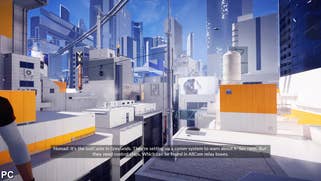
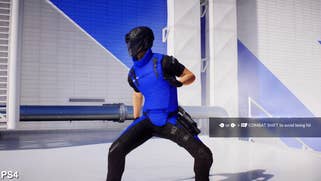


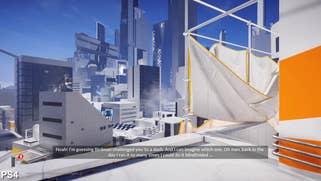


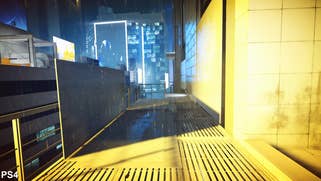




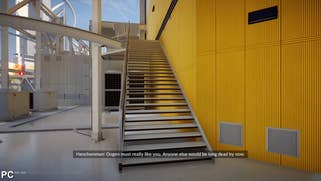
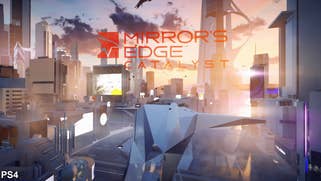
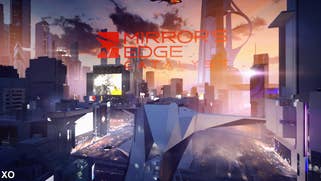
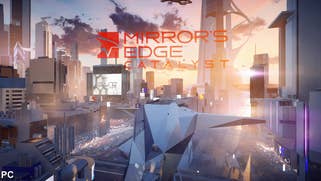
Barring some minor hitches, performance in the beta was pretty solid on PS4, but variable frame-rates and stutters frequently impacted upon Xbox One gameplay. This was one key aspect that needed improvement in order to deliver on the 60fps target, and thankfully things have changed for the better in the final release. Now, with the finished build, both consoles are virtually on a par and the game is a lot more stable on Xbox One. Frame-rates regularly sustain 60fps, with only a few frame dips occurring from time to time. The stutters and frame-time spikes related to streaming are also greatly reduced on Xbox One, and the experience solid overall across both consoles.
However, some scenes still prove demanding, and the escape from Elysium Labs sees performance fall between 40-60fps as we make our way outside. It may be the case that heavy streaming is the issue here, as the game loads in graphical data from the next gameplay segment just before we leave the building. The action is spoiled by judder in these moments, but thankfully issues like this are uncommon and not representative of general gameplay.
Cut-scenes are also improved too, with far fewer playback stutter issues than the beta. These FMVs are capped at 30fps, and now mostly operate smoothly at that frame-rate, bar some minor dropped frames on occasion. It's a shame that playback isn't perfect here given that there's no real-time rendering going on, but at least performance issues no longer have a large impact on the fluidity of the game's cinematics.
On PC, hitting 1080p using the ultra preset is easily be achieved with Nvidia's GTX 970 and AMD's R9 390, handing in frame-rates between 60-90fps. Performance almost never drops below the desired 60fps refresh, and while there's some headroom for those wanting up pixel counts to 1440p, careful settings management is required at this point (pro-tip: start at the medium preset and tweak from there). The GTX 970 is DICE's recommended GPU for running the game, so perhaps it comes as no surprise that it delivers on the studio's focus on hitting 60fps - as long as you stick to 1080p.
The inclusion of the hyper setting comes across as an interesting curiosity, but utilising it requires VRAM - and lots of it. Running at hyper on GTX 970 with GPU VRAM restrictions enabled actually seems to see the game operate closer to ultra settings instead, while turning off memory management sees the 4GB GPU run in slow motion with truly terrible frame-rates. And it definitely is a VRAM issue as performance more than doubles in many cases when using AMD's 8GB-equipped Radeon R9 390. It seems to be the case that you'll require 6GB of graphics memory to run the hyper mode at 1080p, rising to 8GB for higher resolutions.
Hyper represents an iterative improvement over ultra, but regardless, it is nice to see the eight gigs of memory on the R9 390 actually see some utilisation when the reality is that the additional VRAM usually has no impact whatsoever in most titles. However, there is the sense that hyper settings are designed for more powerful GPUs: Mirror's Edge Catalyst is playable on the R9 390, handing in a 49fps average in our tests, but dropping to ultra sees that rise to 72fps. It's the minimum frame-rates that are most illuminating here - the R9 390 posts a 54fps low point on ultra, dropping to 34fps on hyper.
Overall, a locked 1080p60 is completely off at hyper settings with the R9 390 while the GTX 970 is simply disastrous when the mode is fully enabled (something you should expect on any 2GB or 4GB card) but stepping down to ultra does the trick nicely for both GPUs. Shadow quality and draw distances are slightly worse, but the game still looks more refined compared to the console builds, so you're still getting a great visual experience. Overall, performance is excellent overall on both AMD and Nvidia hardware, but do bear in mind that ramping everything up to maximum and turning off the GPU memory restriction really isn't a good idea on anything other than top-tier PC kit.
Mirror's Edge Catalyst - the Digital Foundry verdict
All told, Frostbite 3 is a known quantity on consoles and there are few surprises with Mirror's Edge Catalyst. DICE once again forgoes upping pixel counts in favour of making graphical improvements elsewhere, and as such, image quality continues to disappoint on Xbox One, while native 1080p also eludes PlayStation 4. However, there are some notable improvements with the use of global illumination compared to previous titles by the developer and there's a sense that the technology is pushing consoles further with each new release.
Frame-rates are mostly stable on consoles, and a definite improvement over the mixed results of the beta, particularly on Xbox One. Between the two, the PS4 game is the preferable experience, featuring clearer image quality while losing nothing in terms of performance. However, the Xbox One game is still a solid release, with the low native resolution our only real gripe. Of course, the PC release delivers the best visual experience, with upgrades in all the expected areas. Hitting 60fps is also fairly straightforward, with DICE's Frostbite tech continuing to impress in terms of its raw scalability.
Overall, all three versions of Mirror's Edge Catalyst showcase clear upgrades over the beta, so if performance and visual features didn't impress you during the preview, it might be worthwhile to take a look at the comparison video earlier on in this article to see how the game has improved. The bottom line is that DICE has done a great job in stabilising performance on consoles, tackling streaming-related issues, along with improving draw distances and effects work. The end result is a more polished experience with fewer issues across all platforms, and we had a lot of fun playing it.
